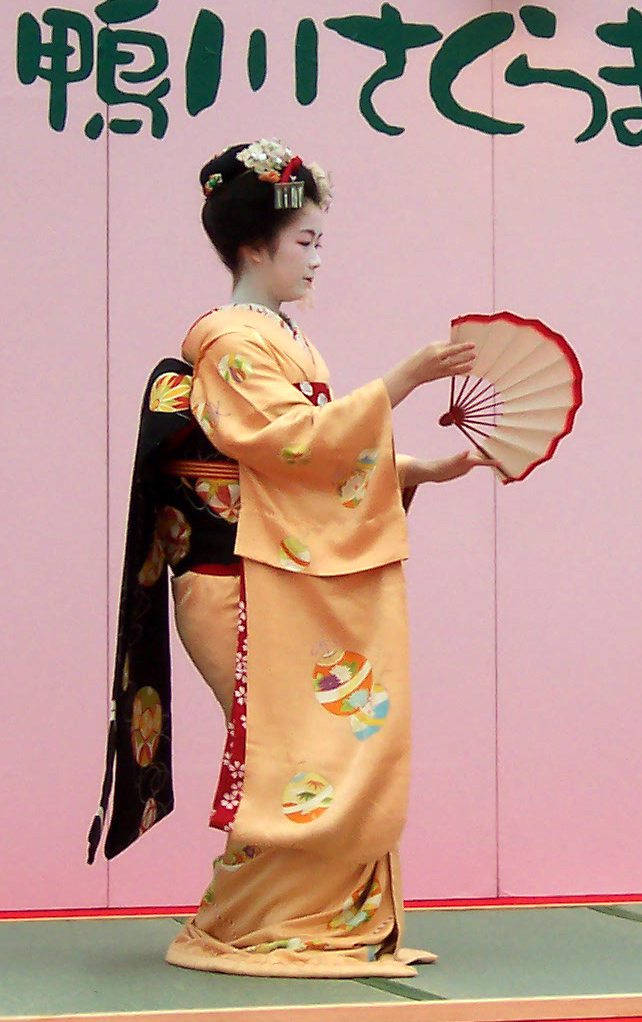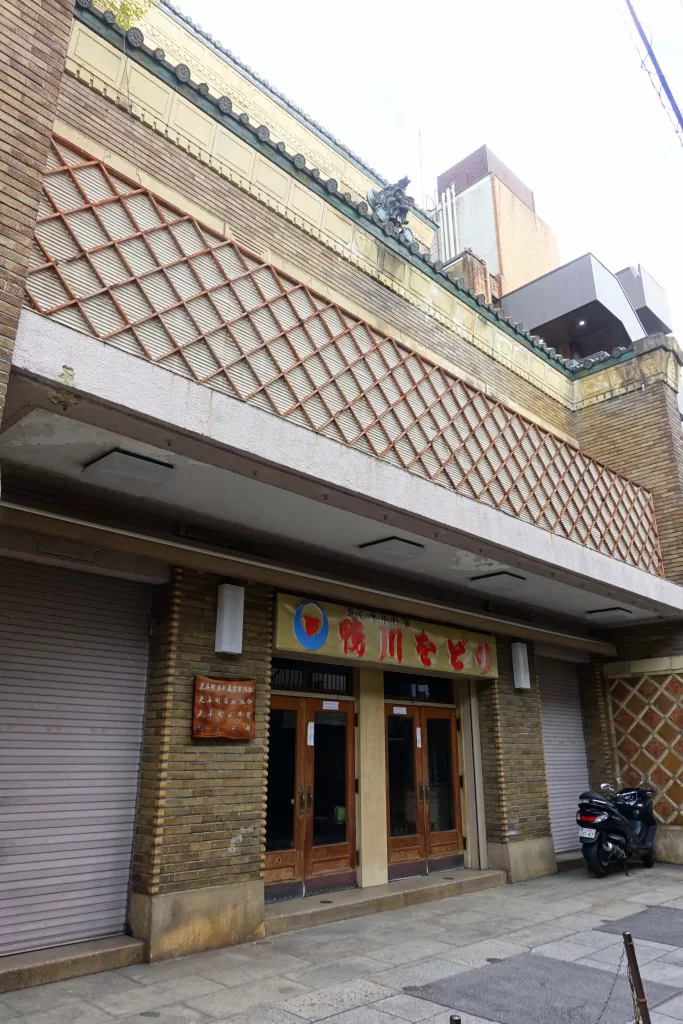Kamogawa Odori: A Grand Display of Kyoto’s Geisha Culture
Held annually in May, the Kamogawa Odori showcases traditional Japanese dance and music, performed by Kyoto’s geiko and maiko from Pontocho. This celebration has been a tradition since 1872 and constitutes the last of Kyoto’s spring geisha dances.

Significance of Kamogawa Odori
Marking both a celebration and preservation of the city’s rich cultural history, Kamogawa Odori is an encapsulation of geisha culture – a unique opportunity to witness the beauty and elegance often associated with Japan. Fuelled by fervor for their heritage, local geisha carefully curate every aspect of the experience; from traditional music to tasteful kimonos and meticulous choreography. It’s one of the most awaited Kyoto events in May.
Performances at Pontocho Kaburenjo
Home to this annual festival is none other than the Pontocho Kaburenjo Theater. Situated within the historical heart of Kyoto’s Pontocho district, known for its array of traditional restaurants and teahouses, this venue provides geisha a space to exhibit their talents while taking spectators on a mesmerising cultural journey.
The performances unfold in two parts: the first emulates drama through dance, while the second showcases odori emaki, loosely translated as “dancing picture scroll”. Each movement tells a story — a centuries-old technique that has remained largely consistent since its inception.

Contemporaneous Evolution – Keeping Traditions Alive
Notwithstanding its rich history and deep roots in tradition, Kamogawa Odori hasn’t shied away from adapting newer elements into its repertoire. Specifically discernible since the early Showa Era, this quest to remain relevant includes infusing western music and even featuring revue performances by young girls. Moreover, performances are repeated thrice daily during the annual run – allowing ample chance for audiences to bear witness to this spectacle set against silver lanterns adorning the theater, creating a surreal ambiance.
While Pontocho district persists as one of those rare districts where you could still encounter a geisha today, it needs to be stressed that these aren’t everyday occurrences. The festival offers visitors an excellent opportunity to interact with maiko (apprentice geishas) who usually pour tea before performances commence.
Prominent Figure in Cultural History
Be it for its start during Meiji Era’s first international exposition or how it managed to restore itself each time after cancellations dictated by wars or incidental crises, Kamogawa Odori remains an integral part of Kyoto’s cultural fabric. Celebrities like Jean Cocteau and Charlie Chaplin have been known to partake in this festival too.
It started with just one event annually but later expanded to two – spring and autumn – from 1951 upto 1998. Post that duration; it reverted to being an annual spring event but not before accumulating over 184 iterations (as of 2023). Purely going by numbers, it now stands as Pontochō Kaburenjō Theater’s most-performed show spanning five Kyoto Hanamachi districts.
Overall, the Kamogawa Odori is more than just a spectacle; it portrays passion, dedication, and determination present within Kyoto’s geisha culture – ensuring they keep their beautiful traditions alive.
Another exciting event in Kyoto is the Mifune Festival, held annually on the third Sunday of May in the Arashiyama district. It is a captivating event that brings to life the extravagant boating parties of Japan’s nobility from a thousand years ago. Immerse yourself in the rich history and traditions as you witness traditional dances, music, and poetry recitations performed on beautifully crafted boats resembling ancient vessels with bird or dragon heads.